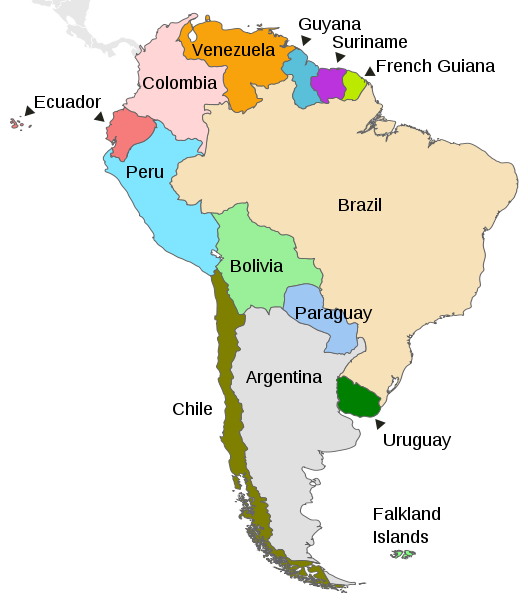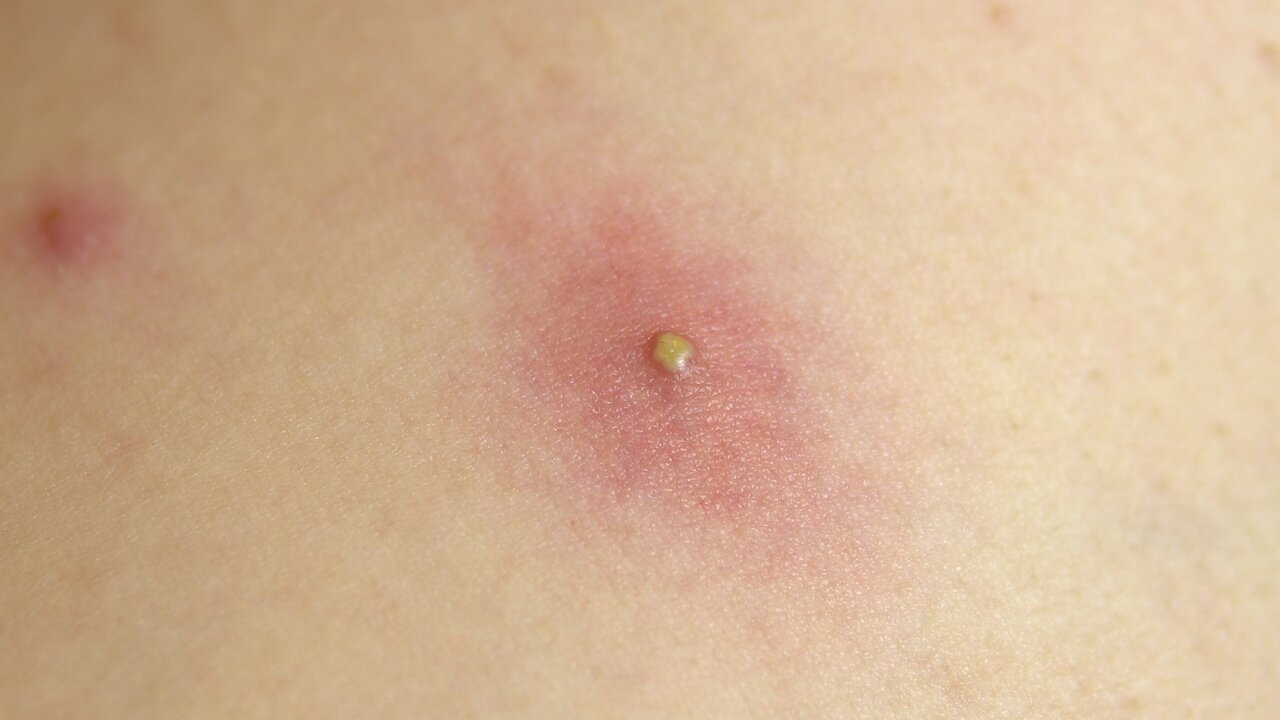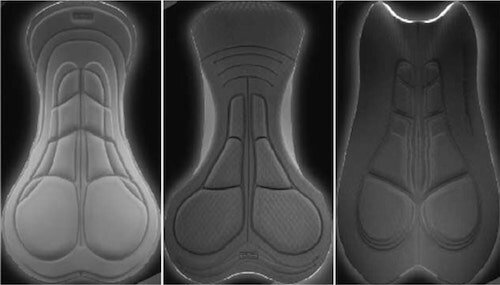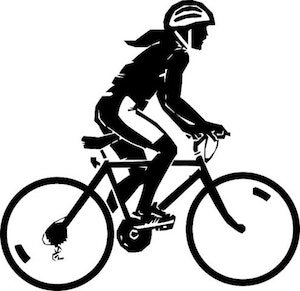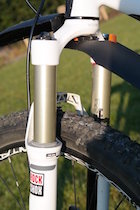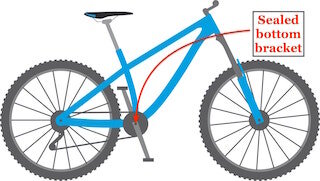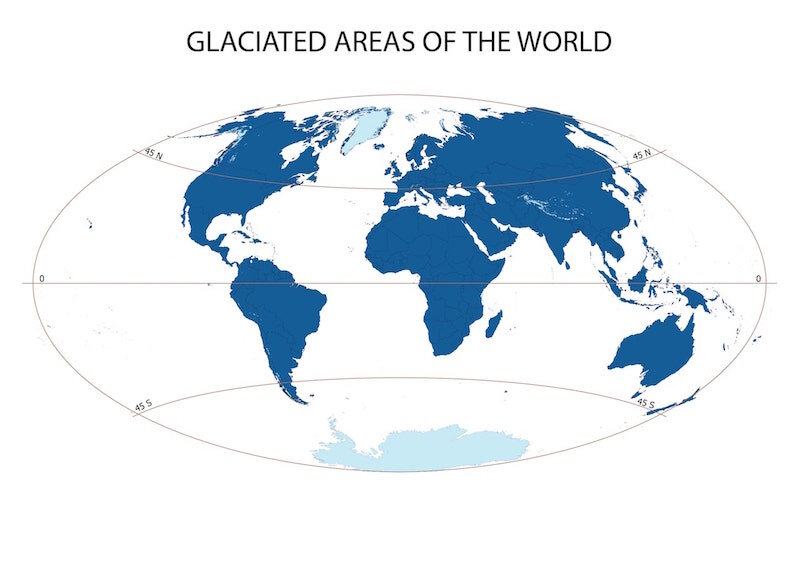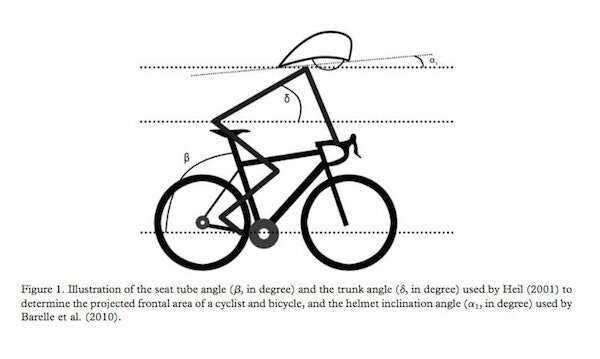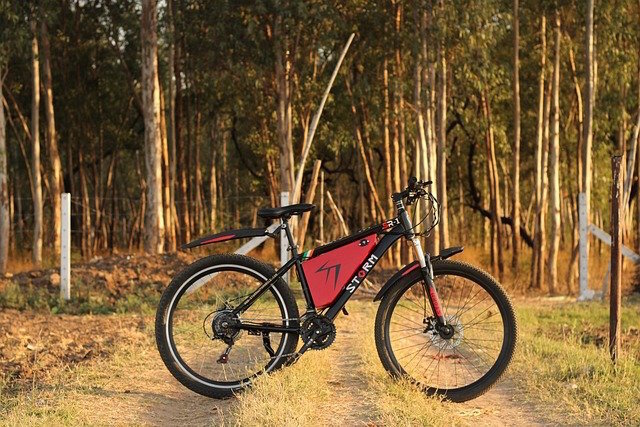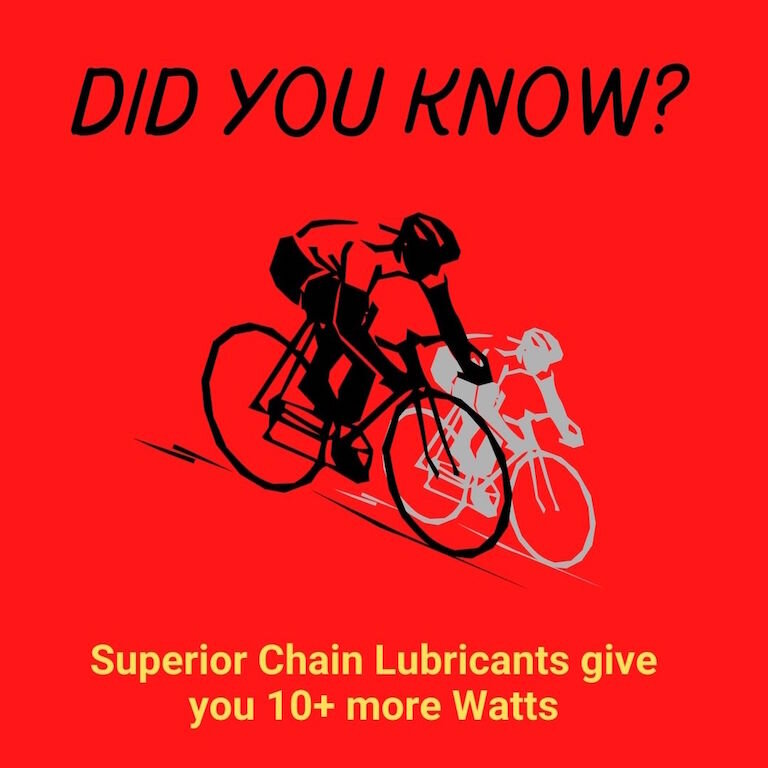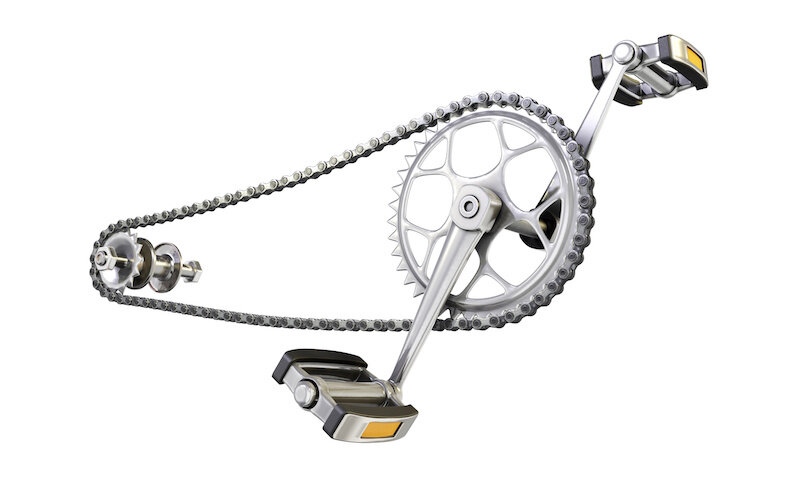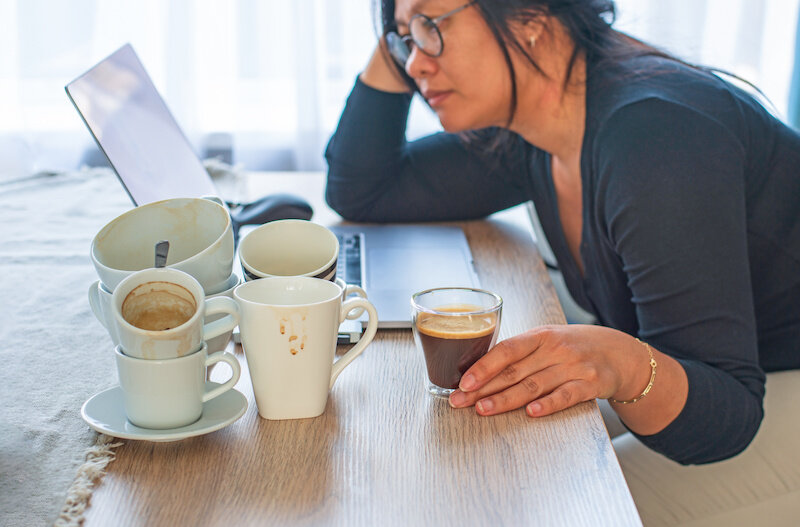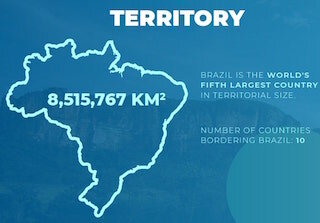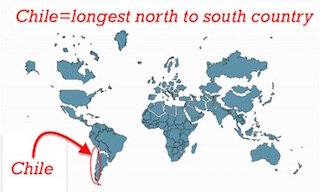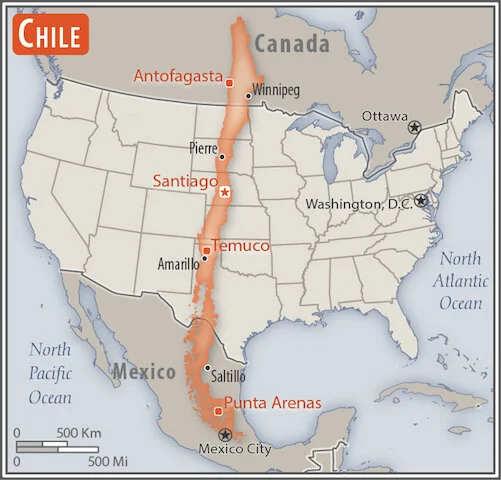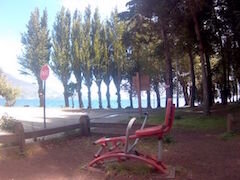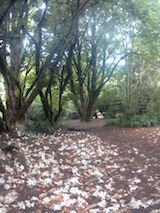Where should I clamp my mountain bike into the repair stand?
- All bicycles, including mountain bikes, should be clamped into your repair-stand by the seatpost.
Most bicycle manufacturers do NOT recommend clamping onto the frame.
Carbon framed bikes should NEVER be clamped by their frame tubing.
Also, keep in mind that clamps are designed for round tubing, some frames have oval, square, or other non-round tubing, making it difficult to clamp onto the frame.
Clamping: SEatpost vs Frame
Most top tubes are not designed for clamping forces, while other top tubes are not round, making it difficult to clamp safely.
“Seat posts, even if carbon fiber, are quite strong because they must support the full weight of the rider ”
Also, when clamping the frame, it’s possible to damage the paint, or dent/crush the frame tubing, especially if you have a carbon frame or a lightweight alloy frame.
The frame tubing is much thinner, compared to the thicker tubing of a seatpost, which is designed to support the weight and forces of a rider.
Can I clamp to the dropper post?
This dropper post is fully extended with no room to clamp under the collar. This MTB will need to be clamped above the collar
Yes. Just make sure you follow these guidelines:
Make sure you fully extend your dropper post
Clean the dropper post where you will be clamping it. Also, make sure the jaws of your clamps are clean
Put a clean rag or rubber gloves on the jaws (optional)
If possible, clamp below the collar. If not, clamp above (don’t clamp on the collar)
C. Calvin Jones from the Park Tool Company recommends clamping the seatpost, even on bikes with a dropper seatpost.
A typical seat collar exerts approximately 1,000 lbs/in² (70 kg/cm²) of squeezing force onto your seatpost, whereas a standard repair stand clamp only exerts about 60 lbs/in² (4kg/cm²). Your dropper post can easily handle the clamping force plus the added forces as you torque on your bike during servicing.
Owner’s Manual & clamping suggestions
I have reviewed numerous bicycle owner’s manuals and have listed the recommendations below:
Gary Fisher: “When holding the bicycle for repairs, clamp the seatpost.” (emphasis mine)
Trek’s Standard Bicycle Owner’s Manual: “Clamping devices such as those found on a work stand, car carrier, trainer, or child’s trailer can cause damage to bicycle frames. Follow the instructions for your specific accessory to protect your bicycle from harm. And do not clamp any of these devices to a carbon fiber tube unless the frame is specifically designed to accept it.” (bolding is mine)
Lemond Racing Cycles:
“When holding the bicycle for repairs, clamp the seatpost.”
“Never clamp the bike frame by its finished or painted surfaces, because this may damage the paint or even dent, crush, or break the lightweight tubing used in high-performance bicycle frames” (bolding mine)
Santa Cruz Bicycles: “To hold the bicycle for repairs, clamp the seatpost.”
Cannondale Bikes: “Never place your bike in a bike stand by clamping the frame. Place your bike in a stand by extending the seat post and positioning the stand clamp on the extended seat post.” (emphasis mine)
Specialized: “Many bicycle service and repair tasks require special knowledge and tools. Do not begin any adjustments or service on your bicycle until you have learned from your dealer how to properly complete them.”
Many bicycle owner’s manuals, such as Specialized, don’t provide any directions on clamping your bike into a repair-stand as they recommend you consult your dealer.
Final Thought
“If for some reason you cant’ clamp your bike’s seatpost, you will need a bike stand that holds the bike by the bottom bracket ”
The first Park Tool repair stand was created in 1958 and was designed to clamp onto the frame tubing.
As bikes got lighter through experimentation with different materials, the stands were re-engineered to allow bikes to be clamped-in by the seatpost.
Today, most bicycle manufacturers recommend clamping the seatpost, even when your bike has a dropper post.
Jesse (Director of Pedal Chile) lives in Chile’s Patagonia. Jesse has a Master of Science in Health and Human Performance and a Bachelor of Science in Kinesiology. Hobbies: Mountain biking bicycle commuting, reading, researching, and sampling yummy craft beer.
Related articles from Jesse at Pedal Chile
Sources:
---. Big Blue Book of Bicycle Repair : A Do-It-Yourself Bicycle Repair Guide from Park Tool. Saint Paul, Mn, Park Tool Co, 2019.
Park Tool. “Shop Talk: Is It OK to Clamp My Dropper Post in a Repair Stand?” YouTube, 12 Feb. 2019.
Zinn, Lennard, and Todd Telander. Zinn & the Art of Mountain Bike Maintenance : The World’s Best-Selling Guide to Mountain Bike Repair. Boulder, Colorado, Velopress, 2018.






















